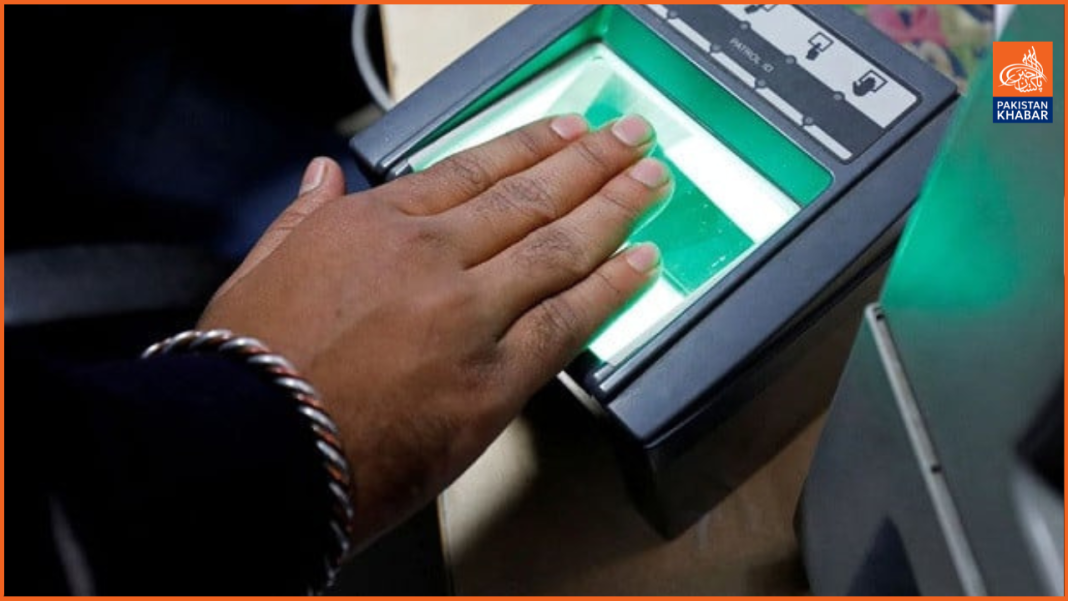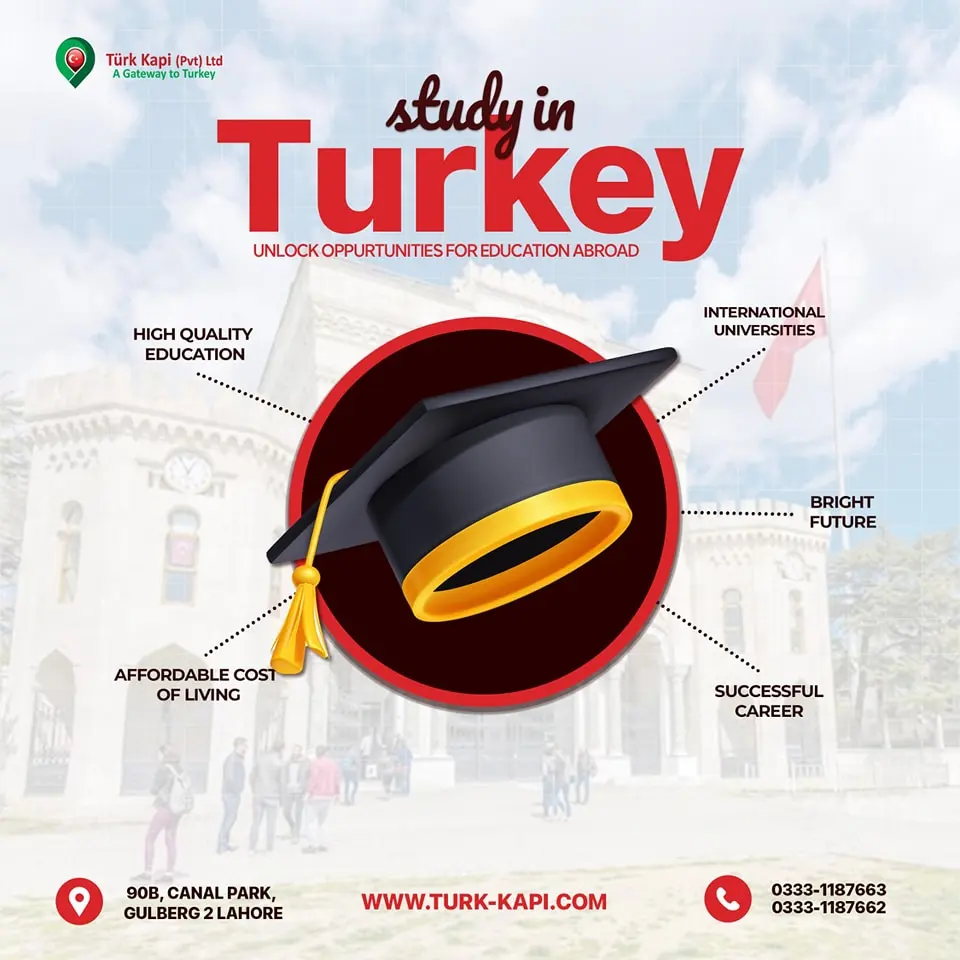Where restricted access to registration centres, especially in remote and underprivileged areas, the social bias which confines women to the four walls of the home continues to withhold many from obtaining a legal identity. This helps to partially explain the low birth registration rate for girls in Khyber-Pakhtunkhwa.
Without a birth certificate, girls are left exposed to starvation, child labour, child marriage, exploitation, trafficking, and abuse in addition to being denied access to vital services such vaccination campaigns, education, and healthcare. Moreover, in circumstances of family conflicts, kidnapping, or trafficking, a birth certificate is a crucial identity and age proving document.
The 2017-18 Pakistan Demographic and Health Survey (PDHS) shows that just 42% of children under the age of five in the nation had their births documented formally. Punjab boasts a 75% birth registration rate among the provinces; Balochistan follows with a 44% rate and Sindh with a 34% rate. With just thirty percent of children under five registered with Nadra, K-P boasts the lowest birth registration percentage among the four provinces.
Examining more closely the gender-specific differences in birth registration, several Multiple Indicator Cluster Survey (MICS) performed between 2016 and 2020 reports show that barely 29% of girls born in the province are registered after delivery.
Though this one percent difference seems small, the fact that the official birth registration rates for both sexes are exactly the same in all the other three provinces suggests that the obstacles preventing birth registration are much more likely to affect baby girls than boys in K-P.
Professor Dr Anoosh Khan, Chairperson of the Department of Gender Studies at the University of Peshawar, underlined the gender inequality in birth registration, whereby the unwillingness of families to register the birth of daughters deprived girls of basic rights, including access to education, voting, and inheritance.
“In isolated places, parents sometimes overlook the need of documenting a female birth. This is mostly because they see no future in which their girls might travel overseas, work, or attend college.
Lack of knowledge and awareness shapes this way of view. Apart from affecting individuals, non-registration of girls alters national statistics. Inaccurate census data can affect resource allocation over long run. Unregistered births of girls distort the actual demographic picture, which influences national planning and resource allocation,” advised Dr Khan.
The fact that populations in the amalgamated K-P zones have traditionally been cut off from mainstream government supports Dr Khan’s points of view. Many people are unwilling to interact with official procedures like birth registration due to low state presence and a deep-rooted mistrust of officials. Decades of neglect and inadequate representation in government operations have led to this mistrust, which has left these places cut off from the larger system.
Children’s rights campaigner Imran Takkar underlined the importance of a combined government, NGO, and local community effort to guarantee that every child—regardless of gender or location—had access to birth registration. “We must mix birth registration with other services, such healthcare and education, to improve registration rates in conflict-affected areas,” said Takkar.




